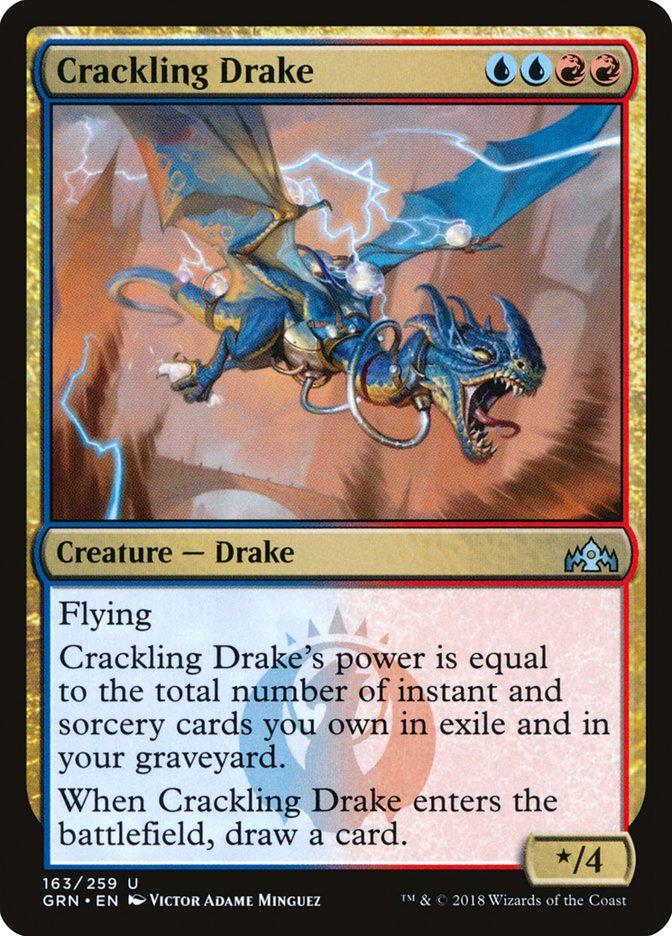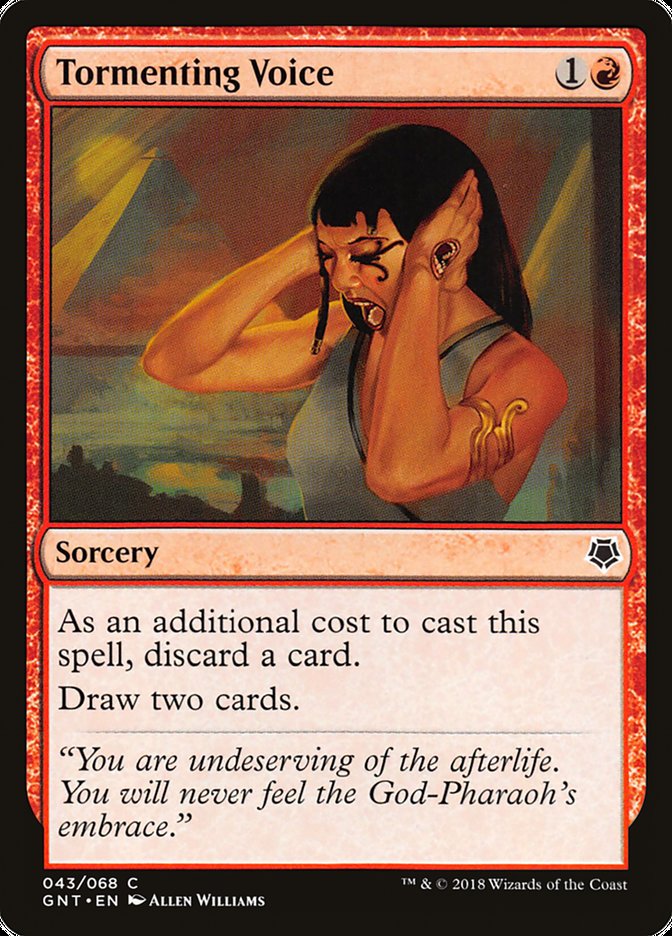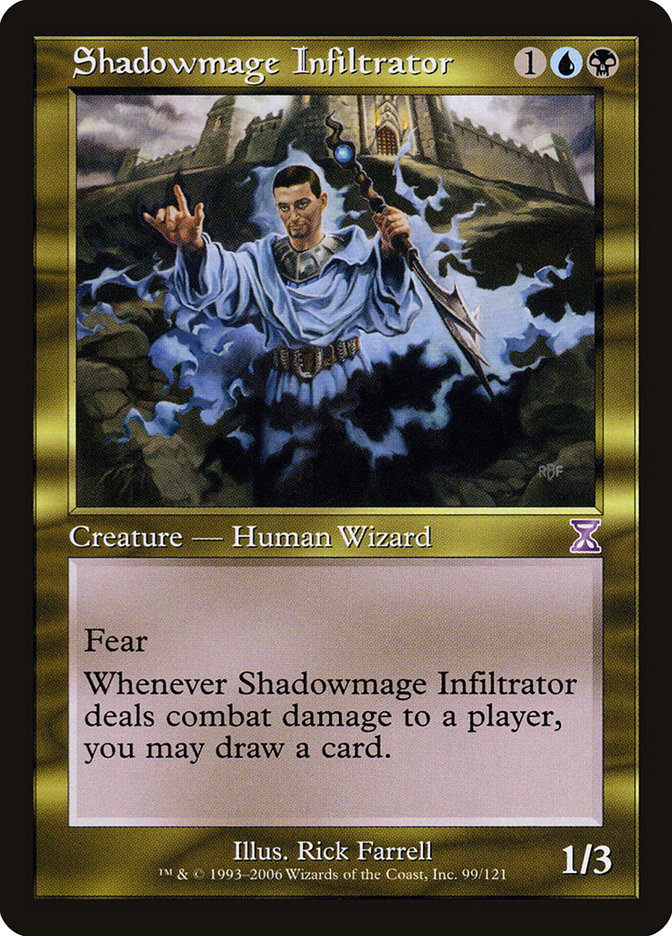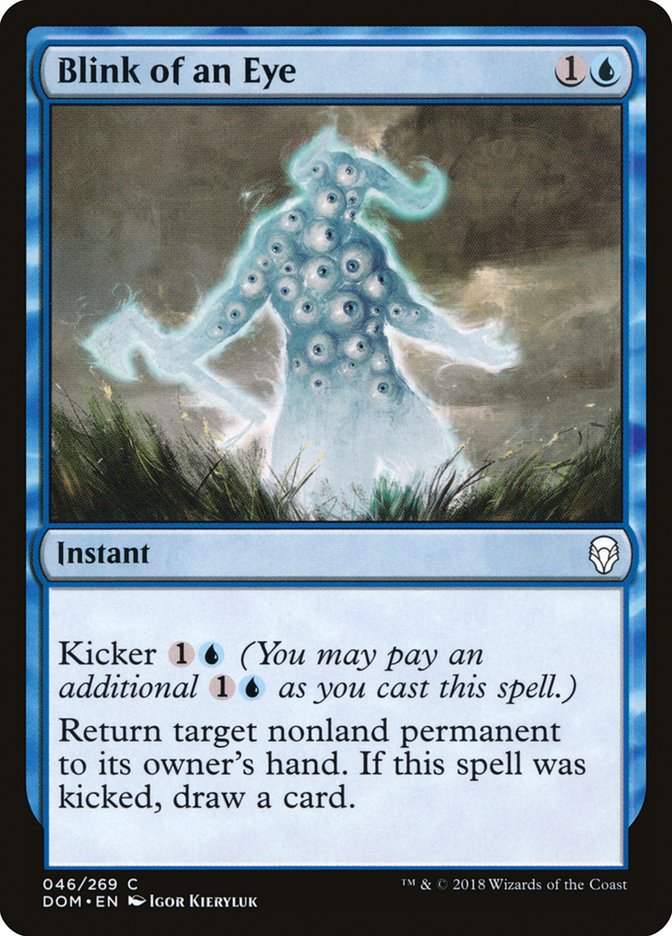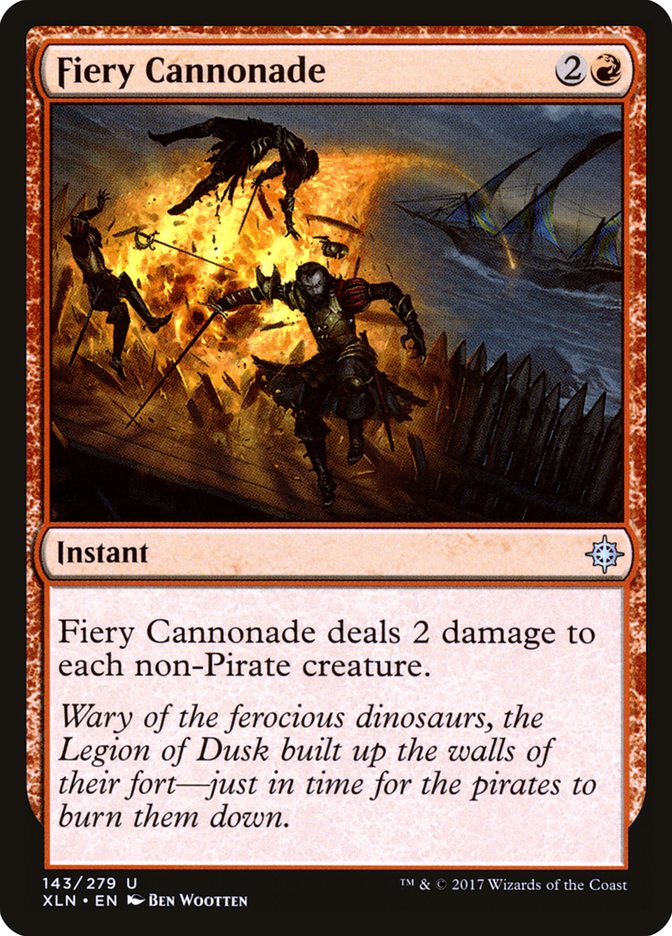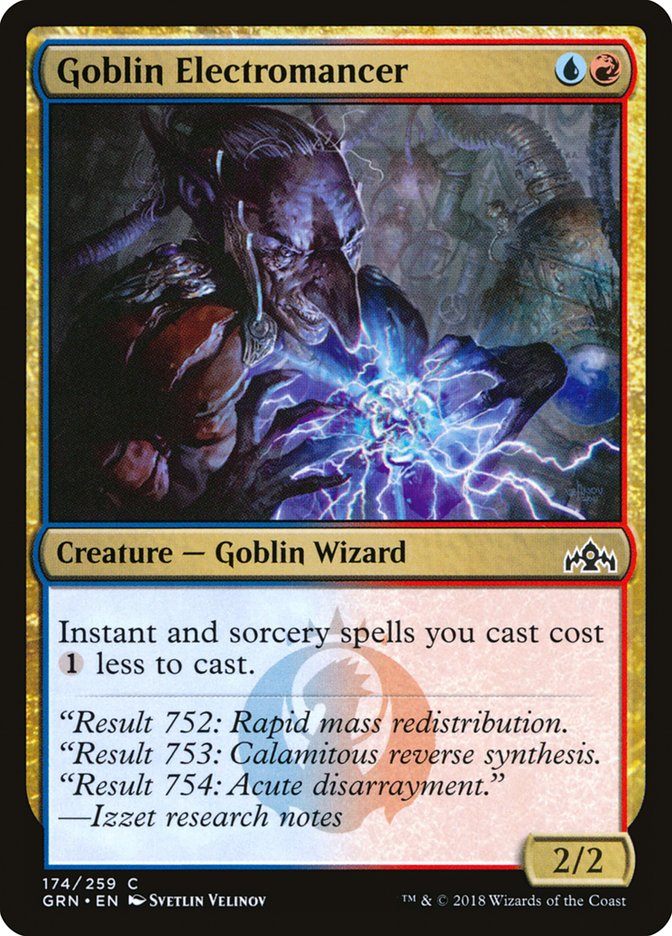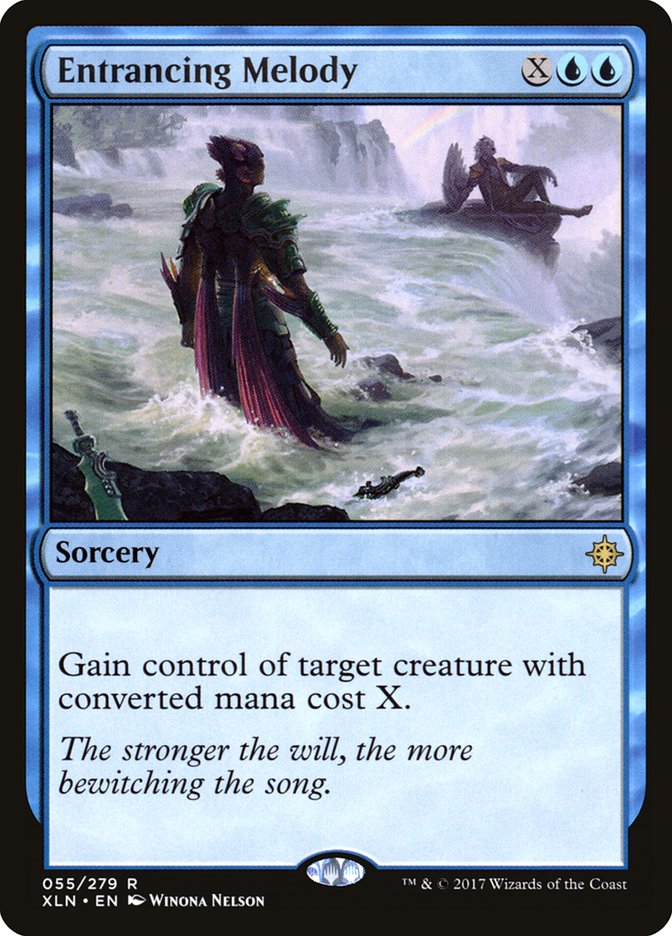This weekend is SCG Las Vegas and, more importantly for me, Grand Prix
Milwaukee, a tournament I booked for long in advance so I could visit my
hometown to see family. Tournament Magic has been very hectic lately so I’m
viewing this experience as half vacation and half competitive endeavor,
which honestly could only be made better if it were also a MagicFest.
I’ve written about Izzet Drakes before, and it’s unquestionably tier 1 and
a ton of fun to play. On top of that, it was played at Pro Tour Guilds of Ravnica by all-time greats like Jon Finkel and Yuuya
Watanabe while also showing up as a 10-0 list in the hands of Pascal
Vieren. The list I plan to play in Milwaukee is remarkably similar to
Vieren’s, and he deserves all the credit in the world for it.
Creatures (12)
Lands (21)
Spells (27)

The first change I made from the winning list is to take three Crackling
Drake and one Murmuring Mystic from the maindeck along with one Crackling
Drake and one Murmuring Mystic from the sideboard. I like the action to
streamline it to four Crackling Drake maindeck and two Murmuring Mystic
sideboard. I’ve been pretty high on Izzet Drakes for a while, and I forced
teammate Reid Duke to play some games with it while testing for the Pro
Tour. His takeaway was “don’t play this deck without four Crackling Drake
maindeck,” and I wholeheartedly agree.
There’s just something about a two-for-one that gets me very excited.
It’s essentially the lifeblood of Constructed Magic.
I like that Izzet Drakes has a viable plan A of stringing together as many
spells as possible to power out Arclight Phoenix ahead of schedule and make
huge flying threats. But I also like that, except for Goblin Electromancer,
my opponent can’t generate value killing my creatures on a one-for-one
basis, and I always have a respectable card advantage-based lategame, and I
can grind out any deck in the format. I can see the merit in Murmuring
Mystic in game 1 since Boros Aggro was one of the most successful decks,
but for a more diverse field like a GP, I’ll defer to the power.
I’ve been a big advocate for Tormenting Voice in the past, and I have very
little rhyme or reason for choosing to play two copies of both Tormenting
Voice and two copies of Discovery except that our house version of Izzet
Drakes had this mix and after a huge volume of games Jon Finkel declared
that this is what he preferred. Here’s a direct quote from our team’s Izzet
expert:
“At the GP, I played four Tormenting Voice. At the PT, I played two and
two Discovery because Reid’s build was just running so smooth in
testing. If we’re still looking at control being 15-20% of the
metagame, I’m definitely a little worried about four Tormenting Voice
and would probably play two of each card.”
My entire career I’ve put my trust in Jon Finkel.
I won’t stop now.
On top of that, it just seems to make sense despite looking entirely
random. You don’t always have an expendable card in hand, and sometimes
you’d prefer the overall power of Discovery to dig for what you need.
Tormenting Voice costs two mana and sees a maximum of two new cards while
Discovery also costs two mana but sees a maximum of three new cards, so
there are situations where it’s the stronger card.
The first thing I noticed when I saw Vieren’s 10-0 decklist was the
singular copy of both Blink of an Eye and The Mirari Conjecture, and it was
at that moment where I fell in love. I’ve been vocal about how Dominaria is the best Limited format in the history of Magic, and
I used to draft The Mirari Conjecture religiously (I affectionately
referred to it as TMC). I went so far as to say it was one of the best
rares in the set, and all it took was a piece of sorcery removal like Fiery
Intervention before you could use it every other turn to return Blink of an
Eye and Fiery Intervention before using Blink to bounce it, rinse and
repeat. All you need is a Blink of an Eye and a Fiery Intervention and you
have your very own Predator Flagship with some assembly required.
This deck already has Lava Coil and Beacon Bolt to perform this trick, and
no matter how much playtesting I do or how much advice I receive, I’m
certain I’ll be registering these two cards for Grand Prix Milwaukee. Maybe
I’m old school in that way, but repeatable creature kill is one of the most
powerful effects that exists in Magic and you can get matchups in Standard
where you work towards and eventually create an unbeatable loop.
I also saw that Pascal Vieren finished in 13th place and Peter Vieren
finished in 17th place at Grand Prix Lille with their version of Izzet
Drakes only two weeks before the Pro Tour. I saw the decklist then and
immediately thought it was genius, and I watched some of Gabriel Nassif’s
stream the other day who echoed my sentiments exactly – even going so far
as to say seeing these results and not trying the deck for myself is “gross
malpractice.” I wish I could disagree, but this PT I failed to do my best
job possible in preparation.
This list is much better prepared for creature matchups than I previously
believed was possible, and part of the reason for this is the
unconventional choice to completely remove Fiery Cannonade. Occasionally
you take a loss in value against Mono-Red Aggro since they can have
Pirates, and the biggest factor of all is that Goblin Electromancer is
totally amazing in all the matchups where you would want Fiery
Cannonade. My sideboard plans often involved removing Goblin Electromancer
in creature-based matchups, which I can see now is a costly error.
I was on the fence about which was a better choice for me between Golgari
Midrange and Izzet Drakes, but at the end of the day it’s a Grand Prix so I
expect a wide open field in terms of deck choice and player skill, and
nothing gives me that warm fuzzy feeling more than Opt and Chart a Course
because they mitigate mana screw, mana flood, and reduce my overall total
number of nonfunctional hands. I have an unnatural love for Chart a Course,
and it’s nice and fun to get the super busted hands where you fill up your
graveyard with as many Arclight Phoenixes as possible. I mentioned in my
analysis of Cracking Drake how a little bit of card advantage can go a long
way in a strategy like this since it’s easy to pivot between focusing on
Arclight Phoenix to get the fastest hands possible versus focusing on card
advantage and burying the opponent in repeatable value.
Entrancing Melody is also a huge piece of technology for Izzet Drakes, and
I’d be shocked if it doesn’t see wide adoption moving forward. In my
preparation for Grand Prix New Jersey a few weeks ago, I played a ton of
Standard, and at the end I asked myself a simple question:
“Would I rather play with Adanto Vanguard or against it?”
For me, the answer was clear – I wanted to play with it. I felt it was
overpowered in the format, and I was seriously considering playing Izzet
Drakes with Deep Freeze in my sideboard just to even the playing field. Ben
Friedman went so far as to play Sailor of Means at the PT just to have an
acceptable blocker for it! If you see yourself playing a card that’s mana
inefficient and unreliable as an answer, not to mention narrow, it’s
possible the strategy you’re trying to fight is simply too strong.
Entrancing Melody flips the script to some extent and can even be cast on
curve if you’re on the play and have Goblin Electromancer while they spend
turn 2 casting Adanto Vanguard.
Zvi Mowshowitz wrote about Izzet Drakes and claimed Evolving Wilds is
superior to Izzet Guildgate due to its synergy with Sulfur Falls. This
sounded like something that could be true, so I gave it a true.
Additionally, the effects of deck thinning might be great with a deck like
this where you see such a huge portion of your deck. Twice I mulliganed on
the play and had Evolving Wilds in my opening hand where my “ETB tapped”
land couldn’t be used turn 1 or else it would destroy my scry value. Worst
of all, he cost me a Common Wild Card to try it on Arena!
VS Mono-Blue Aggro
Out:
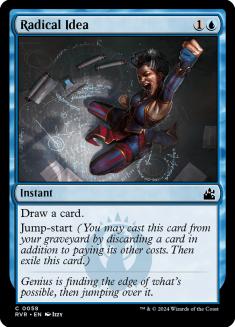



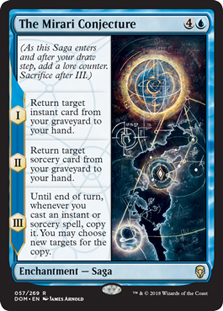
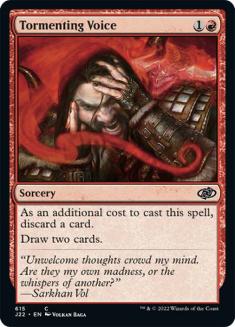

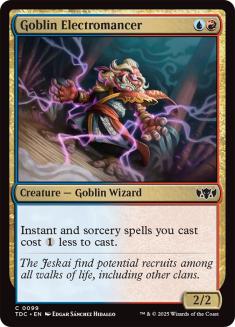




In:
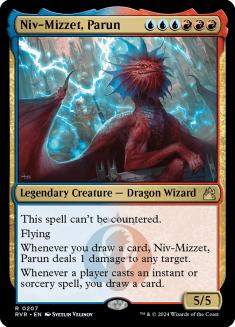

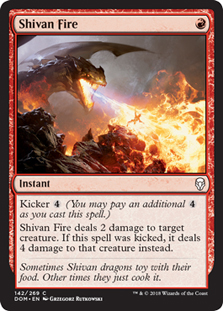

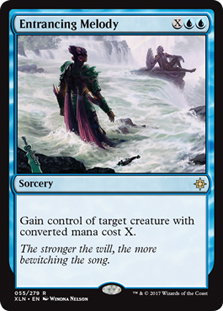




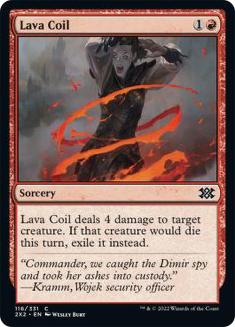

VS Izzet Drakes
Out:

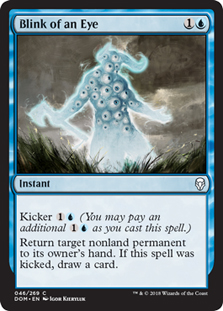



In:




VS Boros Tokens
Out:




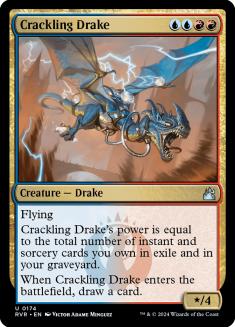


In:



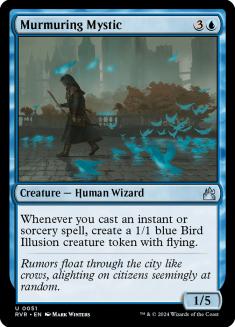





VS Golgari Midrange
Out:




In:
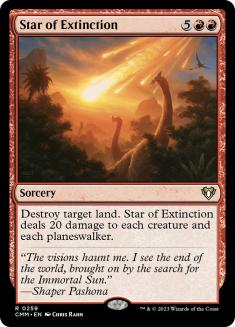


VS Jeskai Control
Out:









In:







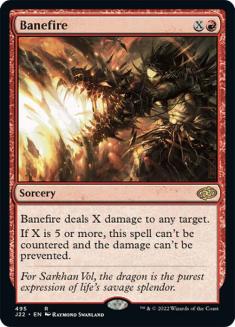

VS Mono-Red Aggro
Out:









In:









Izzet Drakes performed quite well at the Pro Tour if you only look at
decklists that finished 8-2 or better
which is a strong indictment of the deck’s actual strength since it ignored
performance in Limited. I’ve heard some people whining about how the
Limited rounds have too great an influence on the tournament, but I love
them. They’re fun, interesting, and the highest level of competition that
exists, and on top of that, Booster Draft is a very skill-testing format. I
believe that Limited at the Pro Tour leads to a greater average level of
skill in the Pro Tour top 8, and I would always rather watch the stronger
players play. One of my biggest pet peeves is watching a major match and
seeing misplays or people who can’t keep a clean gamestate. I want to watch
the best decks and the best players, and the current model seems to produce
that very often.
TL;DR:
the Pro Tour, is totally sick and I hope it never changes!


